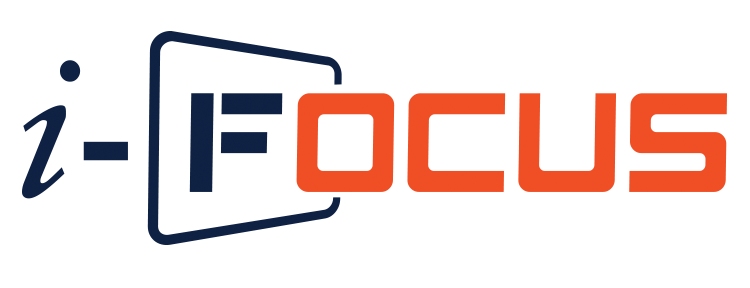Investigating the Performance of a Ship by Matching the Stern Hull Form to Propeller and Engine Power
Abstract
Designing the form of the ship stern hull could have some impacts on the efficiency of ship propeller and the requirement of the ship speed. Therefore, stern hull form of a ship matched to its propeller and engine power is important consideration in preliminary ship design stage. The main objective of this study is to investigate ship performance by matching the stern hull shape to the propeller diameter and engine power toward high speed. This study was conducted by free running model test and Maxsurf Resistance application. The stern forms were employed U-shape and V-shape. In addition, the fixed pitch propeller (FPP) with three blades was used and the diameter is varied into three sizes 0.032 m, 0.040 m, and 0.048 m. The results show the increase of propeller diameter increases model’s speed for both U-shape and V-shape stern and the effect of the propeller diameter on the speed could be described by using the equations of second-order polynomial. The optimum propeller diameter could be determined taking into account stern hull form, stern shape, tip clearance, and proper speed where then propeller diameter related to draft is given by 0.79T with tip clearance 10%Dp for both U-shape and V-shape. The ship resistances of U-shape stern at Fr 0.221 and V-shape at 0.208 are obtained approximately 89.797 KN and 77.10 KN respectively. Furthermore, the powers of ship for both U-shape and V-shape at those Fr are obtained 904,374 KW and 726,807 KW respectively. Finally, the best stern hull form matched to propeller diameter and engine power is selected and given by U-shape stern.

This work is licensed under a Creative Commons Attribution-ShareAlike 4.0 International License.











